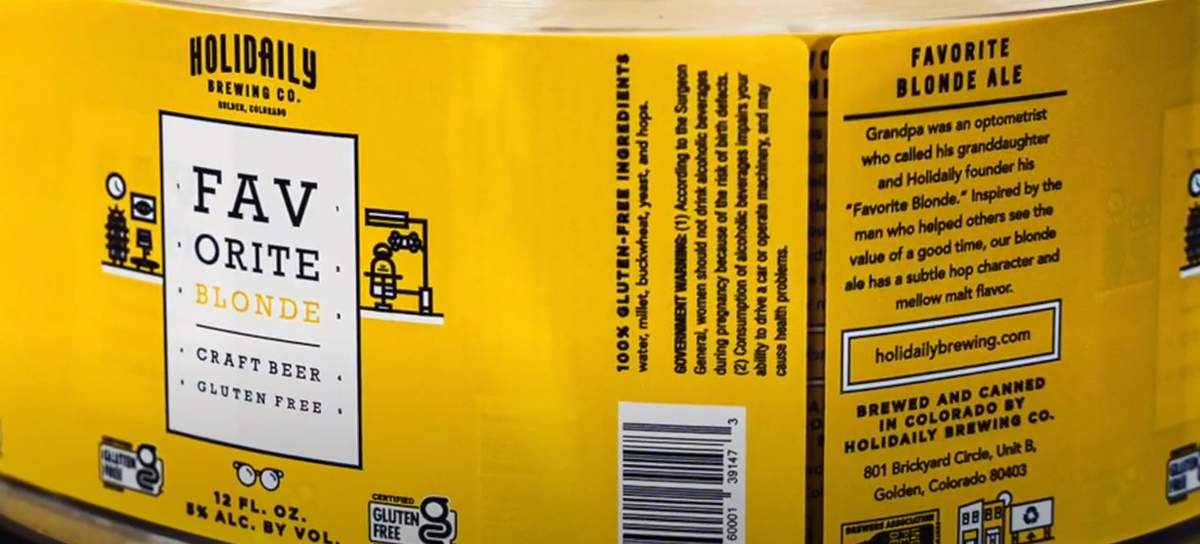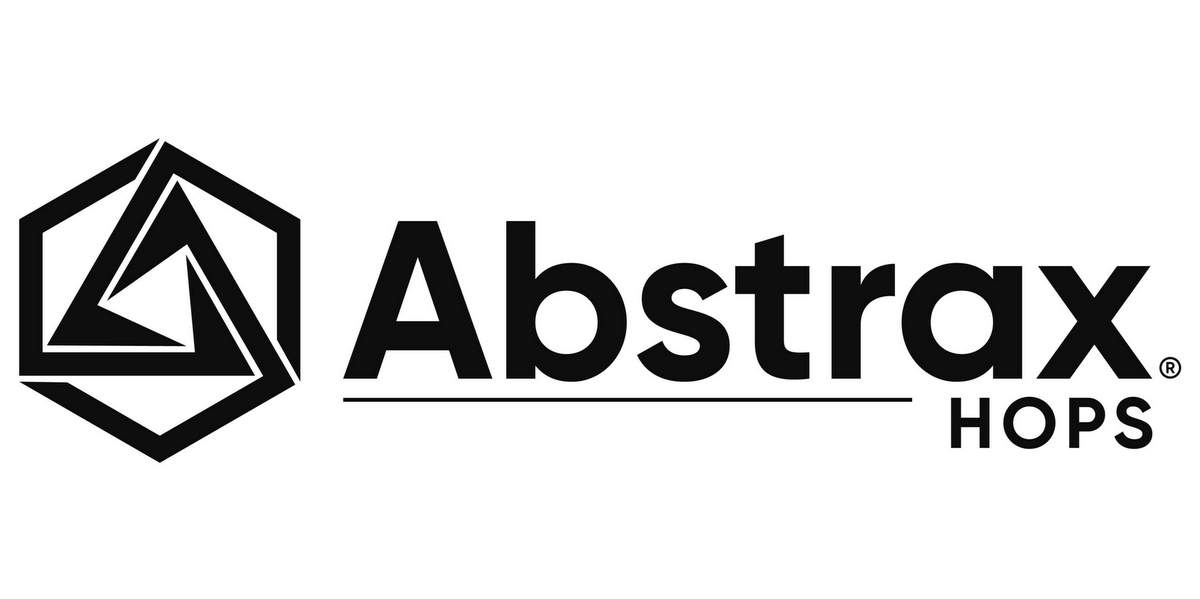Gluten-free products are finding a permanent home on grocery store shelves and internet portals. From bread to beer, there are an impressive and important amount of great tasting gluten-free products geared towards people that suffer from Celiac disease and other forms of gluten sensitivity. But, there are also some confusing terms out on the market. For instance, there’s “gluten-removed” and “gluten-free.” What’s the difference, eh? Let’s ask Laura Allred, Ph.D. and the regulatory manager for the Gluten Intolerance Group’s Gluten-Free Certification Organization (GFCO), who penned an article for us last year:
Prior to a 2014 ruling by the TTB, many brewers were reluctant to launch gluten-free lines because of confusion over terminology and labeling requirements, which would make consumers reluctant to trust or buy them. A primary source of confusion concerned the terms “gluten-removed” and “gluten-free.” Gluten-removed beers are produced when brewers make a normal barley-based beer, then use an enzyme to attempt to break down gluten proteins. Although in Europe these beers are sold as “gluten-removed” provided the final product contains less than 20 ppm of gluten, in this country, the 2014 ruling by the TTB requires gluten-free beers to be made with 100 percent gluten-free source ingredients.
The TTB made this ruling in part because of the potential hazard that residual gluten proteins from gluten-removed beers present to people with celiac disease and other forms of gluten sensitivity. Independent testing conducted by the Gluten-Free Certification Organization revealed that antibodies in patients with celiac disease recognized these residual gluten proteins in gluten-removed beers. For this reason, the GFCO refuses to certify gluten-removed beers and the FDA will not allow brewers to label gluten-removed beers as “gluten-free.”
Good to know.

We’ve also heard the discussion of “gluten-free” vs. “gluten-reduced beer.” It’s a similar discussion. Beers brewed with malted barley or wheat contain gluten, a protein naturally found in some grains. To produce a gluten-free beer, the process starts with sourcing ingredients that are 100-percent gluten free. Sorghum used to be the go-to ingredient, but brewers are now experimenting with rice beers or a mash-up of gluten-free grains. So, we know what gluten-free beer is, but what is gluten-reduced beer? It’s just like gluten-removed. Let’s take a look at the video above by Holidaily Brewing Co.
“Some breweries make barely-based beer and can legally call it gluten-reduced,” says Alan Windhausen, head brewer at Holidaily Brewing in the video above. “They do this by adding enzymes that break up some of the proteins that cause haze. Certain types of gluten protein can also cause haze and may break up somewhat in the presence of these enzymes. However, due to the limitations of the standard test for gluten, fermented foods including beer cannot be tested for gluten, and you cannot test to show any reduction of gluten has occurred.”
In the end, when it comes to gluten-reduced products…
“Some sensitive consumers can still can sick from these beers,” says Karen Hertz, founder and chief brewista at Holidaily in the video above.
Since we’re here talking, here’s another factiod about gluten-free craft beer that you should probably know. Holidaily Brewing Co. is a partner with the Celiac Cruise brand of luxury boat tours, and the brewery just released a video (below). Celiac Cruise offers sailings around the world in partnership with Royal Caribbean International and AMAWaterways, providing both a gluten-free cruise vacation experience and “an educational, cohesive community of togetherness for our guests,” according to the website. In the video below, Hertz and Windhausen talk to Celiac Cruisers about how Holidaily brewing got started and how the beer is made. Dig all the cool trips right here.






Leave a Reply
You must be logged in to post a comment.